Exploring space and understanding the amazing solar system facts is an excellent way to magically experience the wonders of life. Discovering interesting information about the universe and space always inspires and motivates children and adults worldwide. The solar system is composed of eight glorious planets revolving in their orbits around the sparkling sun, along with stars, moons, comets, asteroids, and other incredible things. We have shortlisted these amazing facts about the solar system.
1: Mercury is gradually shrinking.

Scientists considered Earth to be the only planet that is alive with life in the whole solar network. But recent orbital studies conducted by the Messager – the Mercury Surface Space Environment Geochemistry and Ranging spaceship have captured features of the entire planet Surface. The data collected from this interesting mission has revealed the existence of terrain lands that was not formed ages ago but recently. This fact unveils the secret that the planet Mercury is gradually shrinking.
2: Closest to the Sun and still not the hottest.
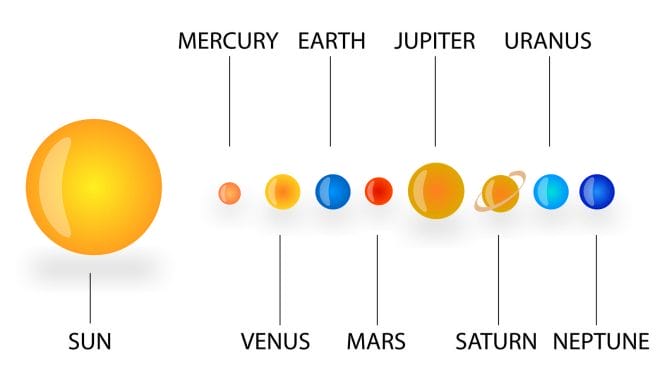
Another amazing solar system fact is that though Mercury is planted closer to the Sun, it is not as hot as the Venus planet. It is second periodically closest to the flaming sun and its atmosphere is more than 100 folds thicker than our planet Earth. Therefore, when sunlight penetrates through this opaque atmosphere the Venus Surface gets super heated. The temperature on this planet is at an average range of 875 degrees Fahrenheit and Mercury, ranges around 800 degrees Fahrenheit extensively.
3: Chilled ice is present all over space.
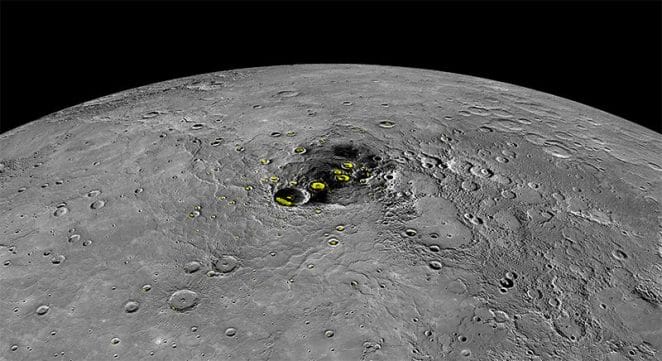
Ice has been believed to be a rare material in space, but consistent researches have revealed the existence of ice in the entire solar system. It has been recognized to be a common element that makes asteroids and comets etc. But, you need to understand the amazing solar system facts that the ice you find in space is a different type than that which is generated on Earth. There have been shades of ice hollows found on the surface of the moon, Mercury, Europa the moon on Jupiter, Enceladus the moon on Saturn, Mars, Ceres, and more.
4: Marvels of Venus
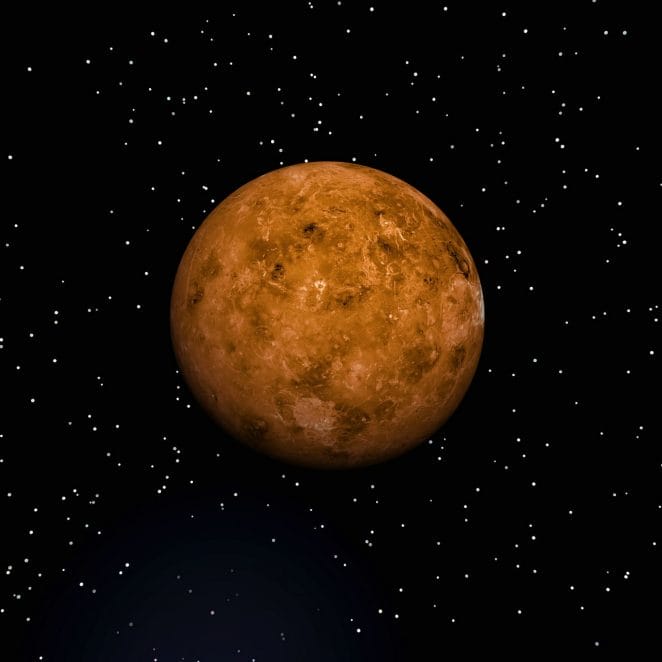
The planet Venus is spinning at an exceedingly slow rotation and takes around 243 days of Earth to accomplish a single cycle in its axis. It takes approximately 226 days to complete a single rotation around the blazing sun. Another interesting fact is that the sun is seen only twice a year, which is approximately every 117 days on Earth. Venus revolves in a clockwise manner around the sun, which causes the sunrise and sunset on the West Side and East Side, respectively.
5: Tilting weird Uranus.
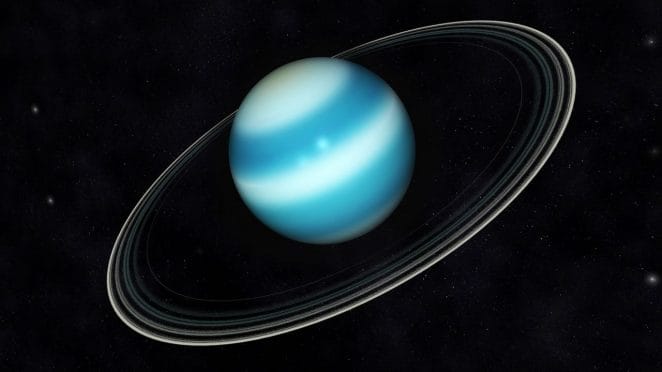
Uranus is a uniquely created planet and has always been considered to be a dull blue planet, but scientists were amazed when they examined it closely. The planet Uranus was observed to rotate in a tilted manner, and the reason for this different type of rotation was unknown.
Researchers have explained amazing solar system facts that in the past the planet Uranus might have faced certain collisions with the space bodies, causing it to tilt. However, this weird tilted rotation of Uranus has made it a unique and significant planet in the solar system.
6: The Solar System is far larger than you might assume.
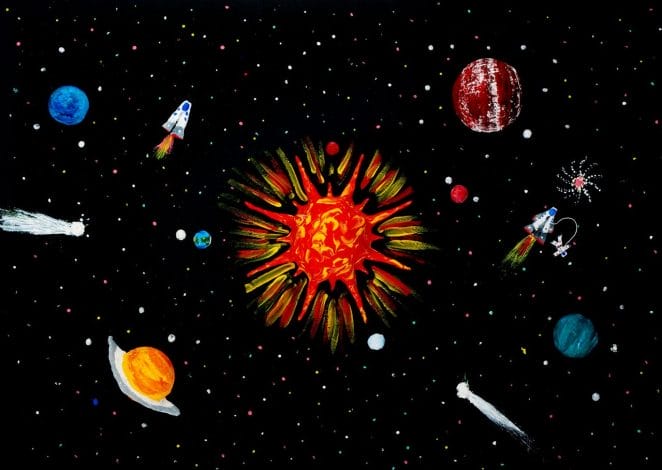
It takes a long time to escape the Solar System once you’ve passed Neptune’s orbit. Since departing Earth on a one-way mission to the outer solar Solar System in 1977, Voyager 1 has crossed through interstellar space, the area where the Sun’s magnetic and atmospheric environment gives way to the stars. That was an astonishing 11 billion miles (17 billion kilometres) from Earth, or around 118 Earth-sun distances comparable (astronomical units).
7: Eris, a dwarf planet, played a role in Pluto’s demotion to dwarf planet status.
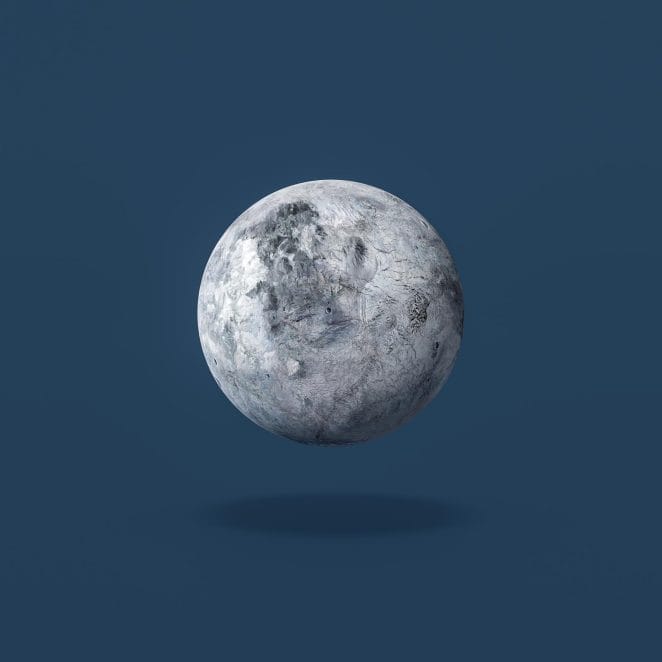
Pluto’s size and the discovery of Eris in 2005 prompted astronomers to worry about how many newly discovered entities orbiting the sun could have to be classified as planets. Immediately upon the discovery of Eris, the International Astronomical Union established new criteria for defining celestial bodies as planets, including the requirement that they orbit the sun without interference from other celestial bodies.
8: Our solar system has two objects that rotate around the sun backwards.
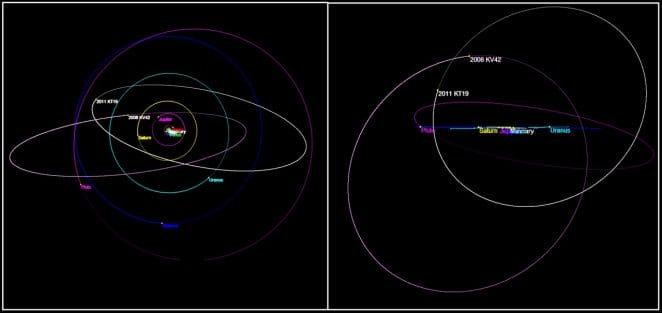
The Sun is orbited by nearly everything in the solar system in a counterclockwise pattern. Astronomers have discovered a few faraway celestial objects that truly pursue their own path in the last two decades. Drac was identified for the first time in 2008 and is the first object known to orbit the Sun clockwise. Another backward-orbiting object, called “Niku,” was announced by astronomers in 2016. Niku has a 110-degree orbit around the Sun, which is even further backward than Drac’s 104-degree orbit.
With a diameter of about 100 miles, Niku is also larger than Drac. Drac and Niku are just two of a handful of trans-Neptunian objects discovered in the last several decades that circle in a clockwise direction. Given how small and far away these objects are, there are certainly many more that have yet to be identified.
Sources:Universe Today, Mental Floss, Grunge





GIPHY App Key not set. Please check settings